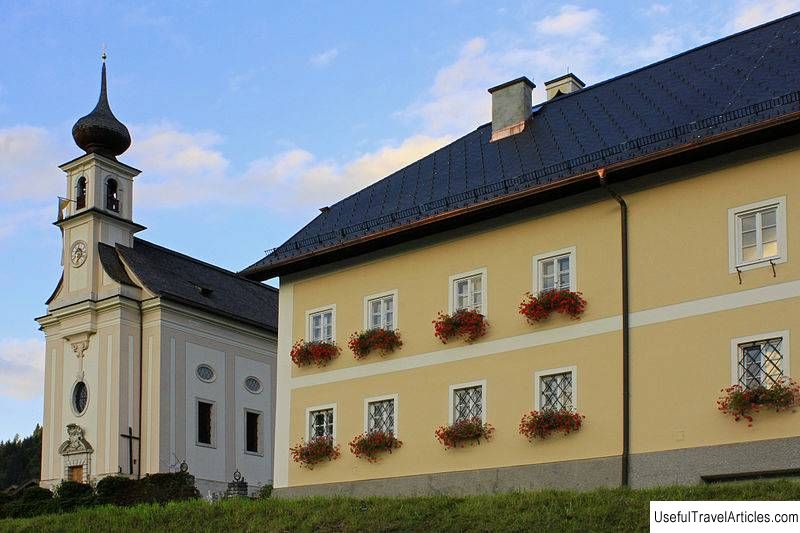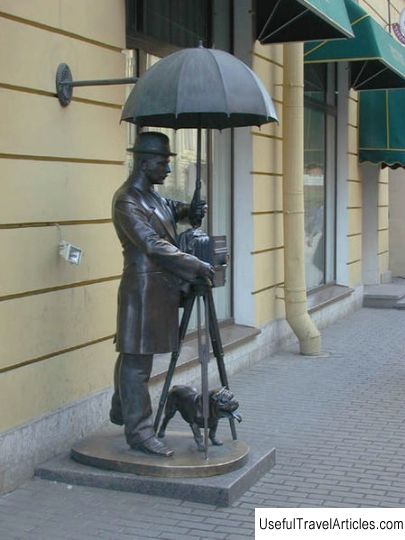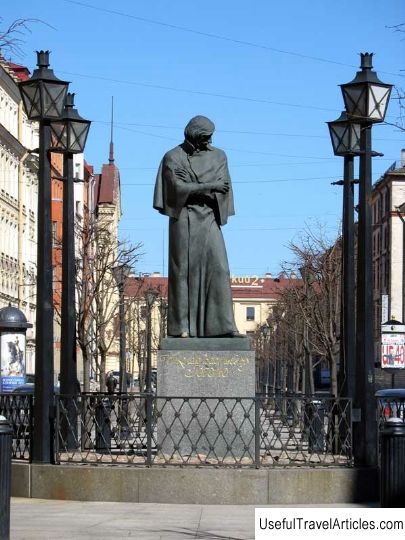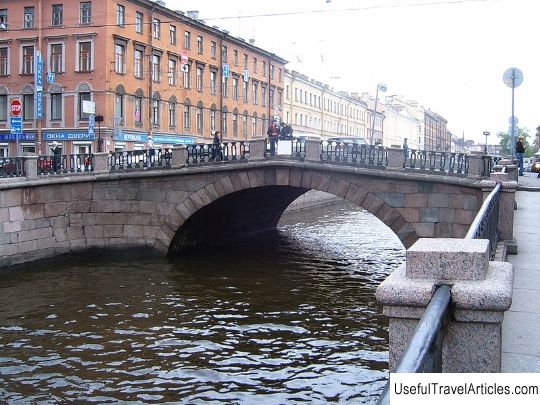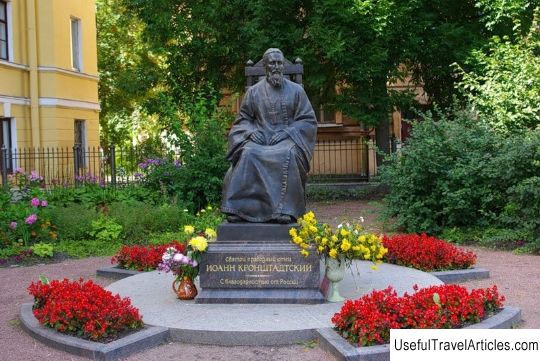Monument to the lamplighter description and photo - Russia - Saint Petersburg: Saint Petersburg
Rating: 8,1/10 (5069 votes) 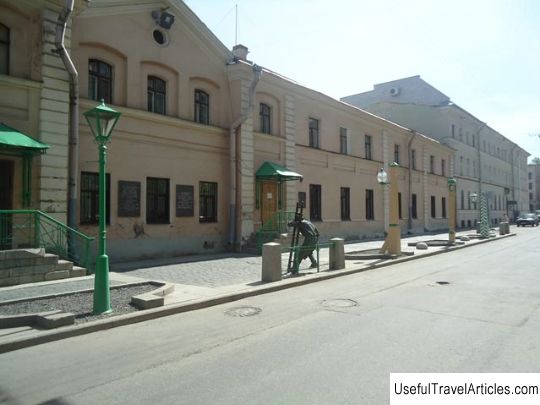
Monument to the lamplighter description and photos - Russia - St. Petersburg: St. Petersburg. Detailed information about the attraction. Description, photos and a map showing the nearest significant objects. Photo and descriptionIn 1998, a monument to the St. Petersburg lamplighter was unveiled in St. Petersburg, near the building of the Smolny Institute on Odesskaya Street, which is located between Tverskaya Street and Suvorovsky Prospekt. The authorship of this sculpture belongs to B. Sergeev and O. Pankratova. The sculpture is made of cast iron. The place chosen for this monument is remarkable. The fact is that in the 70s of the 19th century, the workshop of the engineer Alexander Nikolayevich Lodygin was located on Odessa Street. It was this man who was the inventor of the induction furnace, autonomous diving apparatus and incandescent lamps, with the beginning of the widespread use of which lamplighters were left without work. The first lanterns appeared on St. Petersburg streets in 1706 during the reign of Peter I. They were lit in day of celebrations, dedicated to the victory in the war with the Swedes. This innovation was liked by the king, and his entourage, and the inhabitants of Northern Palmyra. From that day on, lanterns were lit on all holidays. In 1718, 4 permanent lanterns were installed opposite the Winter Palace by order of the tsar. A little later, benches were placed under each lamppost, on which those who walked in the evening could rest. Special workers were assigned to watch the lanterns. After the death of Tsar Peter, this innovation was forgotten, although later Empress Anna Ioannovna issued a decree on lighting the streets of the city. Only during the reign of Empress Catherine II on the streets of St. Petersburg lanterns lit up again and lamplighters were recruited. The duties of lamplighters were quite simple - to fill special containers with flammable liquid, light them, extinguish and, if necessary, repair street lamps. One lamplighter was in charge of 8 to 10 lamps. By the middle of the 18th century, St. Petersburg had a little less than 600 lanterns, and by 1794 - almost 3.5 thousand. This is to some extent due to the fact that society at that time believed that it was profitable to engage in lighting. Many merchants were hired to do this business, and the authorities rewarded those who had street lamps burning regularly and those who had a lot of them. For a long time it was customary to light lanterns in the evenings from the beginning of August to the end of April. In 1718, the most famous in his time architect J.-B. Leblon presented to the public the first model of a street lamp that was fueled with hemp oil. Then they began to use kerosene and alcohol as a combustible liquid. Gas lanterns were first lit in St. Petersburg on the Apothecary Island in 1819. The light from the street lamps was very dim then. Sometimes the lamplighters were late to light them on time or put them out earlier than necessary. It was said at the time that this was how they saved butter for themselves. Famous architects took part in the design of models of some street lamps: Bartolomeo Rastrelli, Henri de Montferrand, Yu.M. Felten. And in September 1873 A. N. Lodygin installed the first electric street lamp in Russia and abroad in front of his workshop, which was located on Odessa street in house No. 2. From that moment on, the profession of a lamplighter gradually began to be in less demand, and over time it became history altogether, since electric lights were lit automatically. An interesting fact is that, despite this, St. Petersburg was not the first city to be fully illuminated by electric lamps. The last oil lanterns from the outskirts of Leningrad were dismantled in the 30s of the 20th century. The championship belongs to Tsarskoe Selo. Already in our time, a museum dedicated to the lighting of St. Petersburg was opened in Lodygin's house. The St. Petersburg lamplighter is now standing not far from it. Next to the lamplighter, there are lamps of those designs that have ever stood on the streets of the city, but now, unfortunately, are not working.      We also recommend reading New Zealand Parliament Buildings description and photos - New Zealand: Wellington Topic: Monument to the lamplighter description and photo - Russia - Saint Petersburg: Saint Petersburg. |
